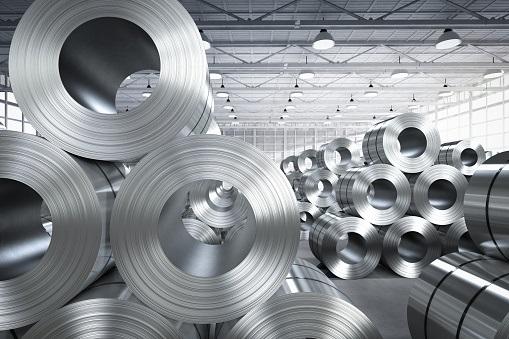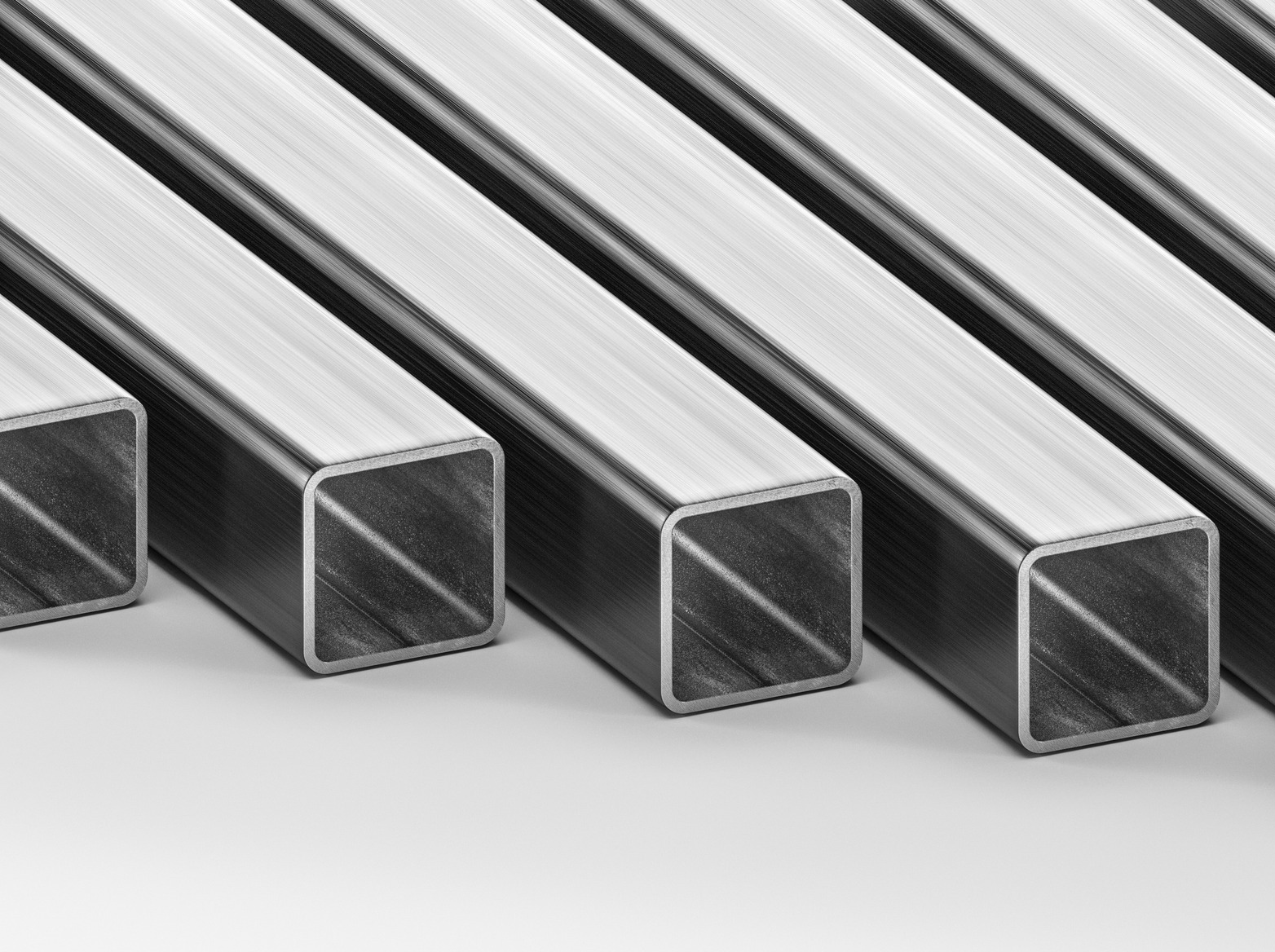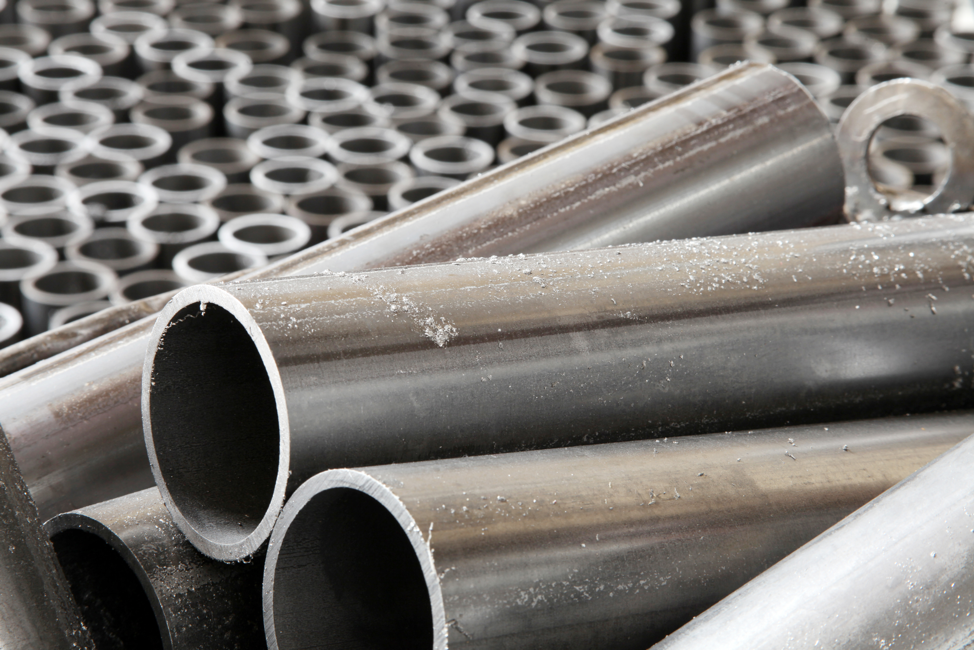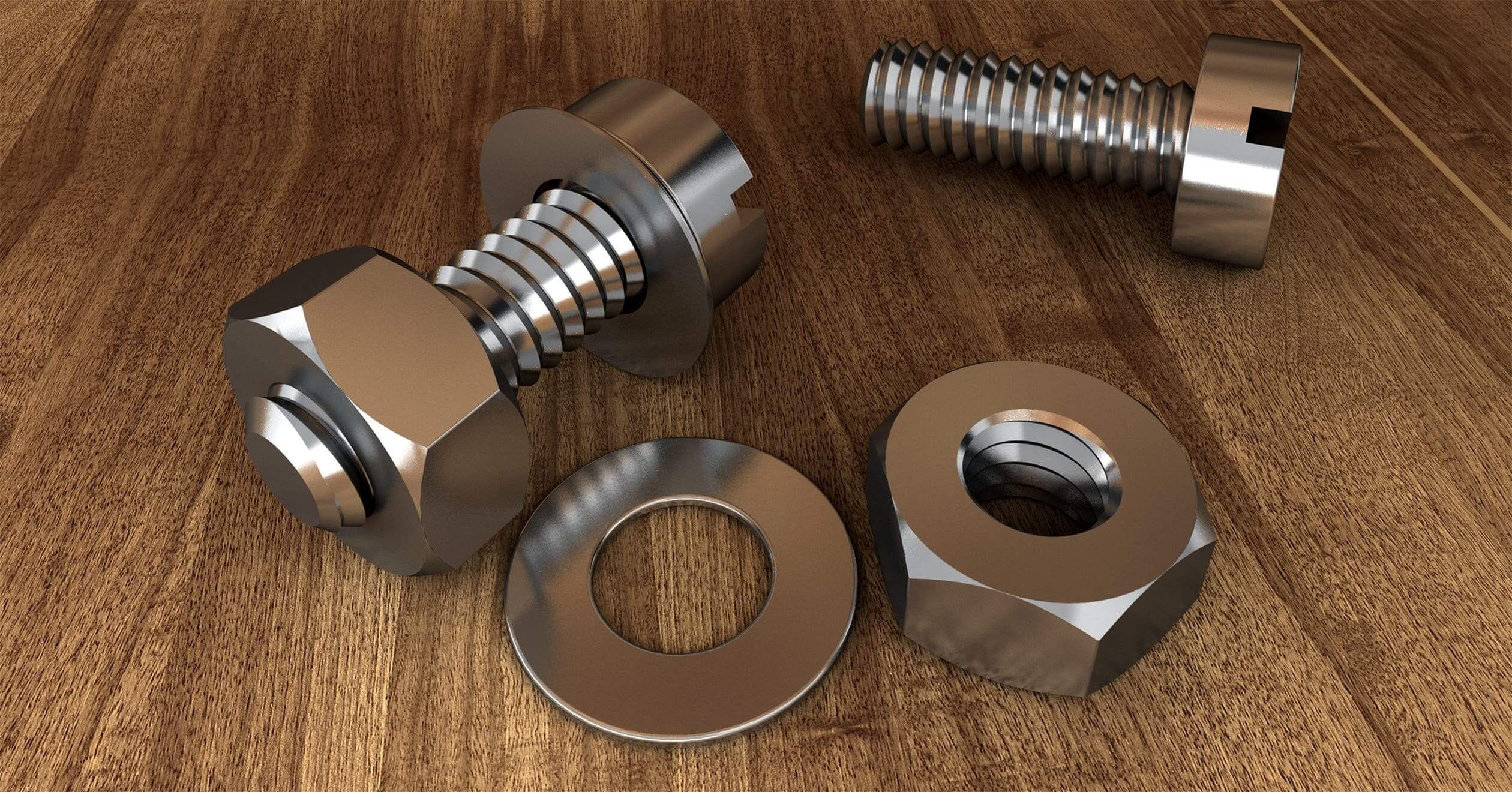Many people wonder: is stainless steel magnetic? The answer depends on the type of stainless steel. Some stainless steels are magnetic, while others are not. In this guide, we’ll explain why some stainless steels are magnetic, which grades are affected, and how you can test if your stainless steel is magnetic. We’ll also answer common questions such as “can stainless steel be magnetised?”, “is martensitic stainless steel magnetic?”, and “is all stainless steel magnetic?” to help you choose the right material for your needs.
Understanding Stainless Steel Composition
Stainless steel is an alloy primarily composed of iron, chromium, and other elements such as nickel, carbon, and molybdenum. To be classified as stainless steel, the alloy must contain at least 10.5% chromium. This chromium content is crucial for forming a protective layer of chromium oxide on the surface, giving stainless steel its signature corrosion resistance.
Key Components of Stainless Steel:
- Iron: The base metal
- Chromium: Minimum 10.5% for corrosion resistance
- Nickel: Often added to enhance properties
- Carbon: Usually less than 1.2%
- Other elements: Molybdenum, manganese, silicon, etc.
The specific composition of stainless steel plays a significant role in determining its magnetic properties. Let's delve deeper into the science behind magnetism in metals to understand why some stainless steels are magnetic while others are not.
The Science of Magnetism in Metals
Magnetism in metals is primarily determined by their atomic structure and the arrangement of electrons within the atoms. In ferromagnetic materials like iron, unpaired electrons align their spins in the same direction, creating a strong magnetic field.
Factors Influencing Magnetism in Stainless Steel:
- Iron content
- Crystal structure
- Alloying elements
The crystal structure of stainless steel is particularly important in determining its magnetic properties. There are three main types of crystal structures found in stainless steel:
- Austenitic: Generally non-magnetic
- Ferritic: Magnetic
- Martensitic: Typically magnetic
Types of Stainless Steel and Their Magnetic Properties

Austenitic Stainless Steel: Is It Magnetic?
Austenitic stainless steels (like 304 and 316) are usually non-magnetic when annealed. This means that most kitchen appliances and utensils made from 304 stainless steel will not stick to a magnet. However, after cold working (bending or forming), austenitic stainless steel can become slightly magnetic. This explains why some “real stainless steel” may attract a magnet weakly, especially near edges or welds.
Key Points:
- Austenitic grades include 304, 316, and 303
- Non-magnetic when annealed
- High chromium and nickel content
- Excellent corrosion resistance
However, it's important to note that cold working or welding can induce some magnetic behavior in these otherwise non-magnetic steels. This is why you might notice slight magnetism on the edges of austenitic stainless steel sheets or in welded areas.
Ferritic and Martensitic Stainless Steel: Magnetic Grades

Ferritic stainless steels (such as 409, 430, and 439) and martensitic stainless steels (like 410, 420, and 440) are magnetic. If you’re searching for “magnetic stainless steel” or “is 440 stainless steel magnetic,” the answer is yes—these types will strongly attract magnets. Their high iron content and specific crystal structures make them ideal for applications where magnetic properties are required, such as magnetic knife holders or industrial separators.
Key Points:
- Ferritic grades include 409, 430, and 439
- Magnetic due to high iron content
- Lower nickel content compared to austenitic grades
- Good corrosion resistance, but generally less than austenitic grades
Ferritic stainless steels are often used in applications where magnetism is desired or not a concern, such as automotive exhaust systems or kitchen appliances.
Martensitic Stainless Steel

Martensitic stainless steels, such as grades 410, 420, and 440, are typically magnetic. These grades have a high carbon content and can be hardened through heat treatment, which can affect their magnetic properties.
Key Points:
- Martensitic grades include 410, 420, and 440
- Magnetic due to their microstructure
- Can be hardened through heat treatment
- Often used in applications requiring high strength and hardness
The martensitic structure allows for strong magnetic behavior, making these grades suitable for applications where both strength and magnetism are required.
Factors Affecting Magnetism in Stainless Steel
Several factors can influence the magnetic properties of stainless steel:
-
Chemical Composition: The balance of iron, chromium, nickel, and other alloying elements plays a crucial role in determining magnetism.
-
Crystal Structure: The arrangement of atoms within the steel affects its magnetic behavior. Austenitic structures tend to be non-magnetic, while ferritic and martensitic structures are typically magnetic.
-
Cold Working: Deformation of the metal through processes like bending or forming can induce magnetism in otherwise non-magnetic grades.
-
Heat Treatment: Certain heat treatment processes can alter the crystal structure and, consequently, the magnetic properties of stainless steel.
-
Welding: The heat-affected zone around welds can experience changes in crystal structure, potentially altering magnetic properties.
How to Test If Stainless Steel Is Magnetic
Wondering “can stainless steel be magnetised” or “stainless steel with magnet”? Simply take a strong magnet and bring it close to your stainless steel item. If it sticks, your stainless steel is magnetic (likely ferritic or martensitic). If not, it’s probably austenitic. Remember, even non-magnetic stainless steel can become slightly magnetic after cold working or welding.
Keep in mind that the strength of the magnetic attraction can vary, and some grades may exhibit weak magnetic properties.
Applications Leveraging Magnetic Properties of Stainless Steel
Understanding the magnetic behavior of different stainless steel grades is crucial for various applications:
Magnetic Applications
-
Magnetic Separation: In recycling and waste management, magnetic stainless steels can be easily separated from non-magnetic materials.
-
Magnetic Holders: Ferritic and martensitic stainless steels are used to create magnetic knife holders, bulletin boards, and other organizational tools.
-
Electromagnetic Shielding: Magnetic stainless steels can be used to create barriers against electromagnetic interference.
Non-Magnetic Applications
-
Medical Equipment: Non-magnetic austenitic stainless steels are preferred for MRI machines and surgical instruments to prevent interference with magnetic fields.
-
Marine Environments: Non-magnetic stainless steels are used in shipbuilding and offshore structures to avoid compass deviation.
-
Scientific Instruments: Sensitive equipment often requires non-magnetic materials to prevent interference with measurements.
Modifying Magnetic Properties of Stainless Steel
Interestingly, the magnetic properties of stainless steel can be altered through various processes:
Cold Working
Cold working, such as bending or forming, can induce magnetism in otherwise non-magnetic austenitic stainless steels. This occurs due to the formation of martensite, a magnetic phase, during the deformation process.
Heat Treatment
Heat treatment can significantly affect the magnetic properties of stainless steel. For example, quenching martensitic stainless steel can increase its magnetic strength, while annealing can reduce magnetism in some grades.
Welding Effects
Welding can alter the crystal structure of stainless steel near the weld zone, potentially changing its magnetic properties. This is particularly noticeable in austenitic grades, where the heat-affected zone may become slightly magnetic.
Common Myths: Is All Stainless Steel Magnetic?
Not all stainless steel is magnetic. The magnetism depends on the crystal structure and alloy composition. For example, austenitic stainless steel (304, 316) is generally non-magnetic, while ferritic (430) and martensitic (440) grades are magnetic. So if you’re asking “is all stainless steel magnetic” or “is steel magnetic,” the answer is: only certain types of stainless steel are magnetic, and regular carbon steel is always magnetic due to its iron content.
Choosing the Right Stainless Steel for Your Application
When selecting stainless steel for a specific application, consider the following factors:
- Required magnetic properties
- Corrosion resistance needs
- Strength and durability requirements
- Cost considerations
- Fabrication methods
Consulting with a metallurgist or materials engineer can help ensure you choose the most appropriate grade for your specific needs.
Future Developments in Stainless Steel Magnetism
Research in materials science continues to push the boundaries of stainless steel properties. Some areas of ongoing research include:
- Developing new alloys with tailored magnetic properties
- Improving the strength and corrosion resistance of magnetic stainless steels
- Exploring novel applications for magnetic and non-magnetic stainless steels in emerging technologies
Conclusion
The magnetic properties of stainless steel are far from straightforward. While some grades are strongly magnetic, others exhibit little to no magnetic behavior. This diversity in magnetic properties is a result of the complex interplay between composition, crystal structure, and processing methods.
Understanding these nuances is crucial for engineers, designers, and anyone working with stainless steel. By grasping the factors that influence magnetism in stainless steel, we can make informed decisions about material selection and anticipate how these materials will behave in various applications.
As we continue to push the boundaries of materials science, the versatility of stainless steel – including its magnetic properties – will undoubtedly play a significant role in shaping future technologies and innovations.
Whether you're designing a new product, specifying materials for a project, or simply curious about the science behind stainless steel, this guide provides a comprehensive overview of the magnetic mystery surrounding this versatile material. By understanding the interplay between composition, structure, and processing, we can harness the full potential of stainless steel in both magnetic and non-magnetic applications.


